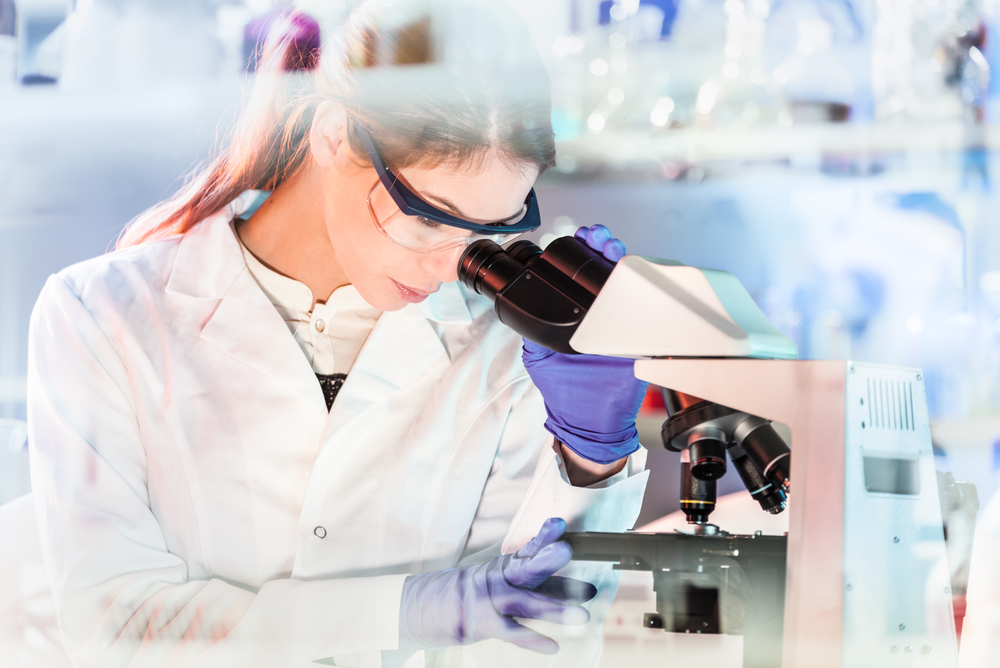Targeting Inflammatory Th17 Cells to Slow MS Disability Possible with Fewer Side Effects, Study Suggests
Written by |

Clinical and Mechanistic Evidence for Clostridium Perfringens Epsilon Toxin As an Environmental Trigger of Multiple Sclerosis
Scientists may have found a way to manipulate T-helper 17 (Th17) cells so as to lower their ability to trigger inflammation, delaying the onset of multiple sclerosis (MS) in a mouse model and slowing its progression without affecting the entire immune system.
Their findings may lead to new treatments with fewer side effects for MS and other Th17-driven autoimmune diseases.
The study, “The nuclear receptor REV-ERBα modulates Th17 cell-mediated autoimmune disease,” was published in the journal Proceedings of the National Academy of Sciences.
Th17 cells are a subtype of pro-inflammatory T-cells that produce interleukin-17 (IL-17), a molecule that, when produced in excess because Th17 cells are overactive, is associated with the development of such autoimmune diseases as MS, rheumatoid arthritis, and psoriasis.
In MS, dysregulated (overactive) Th17 cells play a key role in the destruction of the myelin, the protective layer of nerve cells, that is a hallmark of the disease.
A molecule that regulates the production of IL-17 in Th17 cells, called retinoic acid receptor-related-orphan-receptor-gamma t (RORγt), has caught scientists’ attention before as a potential target for treating autoimmune diseases.
However, RORγt is also involved in critical processes for other T-cells in the immune system. Treatment approaches that act to block its activity have, so far, resulted in changes to T-cell numbers and diversity that damage the system’s ability to defend the body against invading virus and other threats.
Researchers at the Salk Institute found a potential way to suppress RORγt activity, limiting IL-17 production, without harming the rest of the immune system.
Their work showed that REV-ERBα, a molecule known to suppress the activity of RORγt by competing in a variety of processes for the same binding site on the DNA of cells, also competed for that site with Th17 cells.
When the team specifically increased the levels of REV-ERBα in Th17 cells grown in the lab, both RORγt activity and Il-17 production were suppressed. Adding SR9009, a synthetic molecule that boosts the activity of REV-ERBα, to Th17 cells led to similar outcomes.
“ROR is a gas pedal that drives these helper T cells, but REV-ERB is like the brakes,” Ye Zheng, the study’s co-senior author and an associate professor at Salk’s NOMIS Center for Immunobiology and Microbial Pathogenesis, said in a press release.
Researchers then evaluated how these two approaches affected MS development in the experimental autoimmune encephalomyelitis (EAE) mouse model of the disease.
Both increasing the levels of REV-ERBα in T-cells of these mice, and treating the animals with SR9009, significantly delayed disease onset and slowed the progression of symptoms.
“REV-ERBα is induced during Th17 cell differentiation and directly competes with RORγt by binding to [specific] sites to repress the expression of key Th17 cell signature genes,” the scientists wrote.
In contrast to earlier attempts to suppress RORγt, use of SR9009 did not induce changes in T-cell development across the immune system.
Researchers believe their work suggests that boosting REV-ERBα activity through SR9009 lowers inflammation, and without harming the immune system in ways that current RORγt suppressive efforts do.
“This research opens the door to treating [autoimmune disease] patients without triggering harmful side effects,” said Ronald Evans, co-senior study author and director of Salk’s Gene Expression Laboratory.
“A strategy of targeting REV-ERB alone or in combination with RORγ may provide a unique advantage in developing treatments for Th17 cell-mediated autoimmune diseases,” the researchers wrote.
They plan to study the role of REV-ERB in models of other Th17 cell-mediated autoimmune diseases, such as rheumatoid arthritis and psoriasis.





